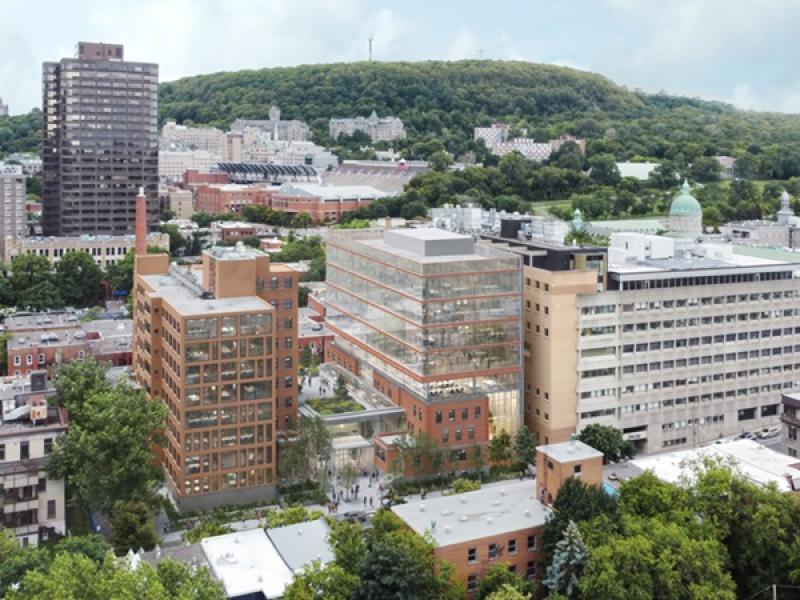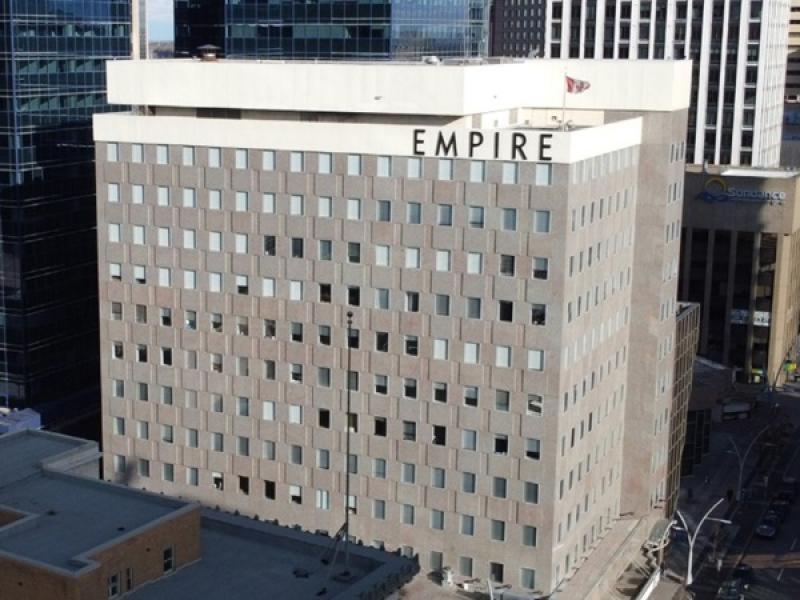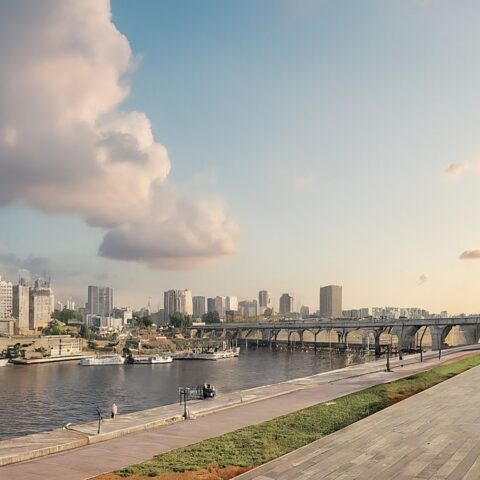The Greater Montreal Area (GMA) might already have a higher availability rate for life sciences space than Toronto or Vancouver, but new and repurposed facilities are continuing to be developed to keep up with the growing demand.
CBRE just released its 2023 Montreal Lab Market Report and is tracking more than 5.6 million square feet of life sciences space, with an availability rate of 6.5 per cent, in the market. It’s comprised of a combination of research and development (R&D) and good manufacturing practices (GMP) facilities.
Current lab demand consists of approximately 620,000 square feet for R&D and 650,000 square feet for GMP requirements.
“Three or four years ago, certain landlords who have experience in developing life science lab-type space, which is significantly more technical in nature and more expensive to build, said ‘We think there’s a lot of runway ahead of us where we can build it in the next couple of years and then people are going to be able to lease lab space on a turn-key basis,’ ” Jeremy Kenemy, senior vice-president of CBRE’s Life Sciences Practice Group in Montreal, told RENX.
Montreal distinguishes itself from other Canadian markets in that landlord/developers — including Alexandria Real Estate Equities, HarveyCorp and JADCO — are designing and delivering speculative generic and custom-built labs to bridge the gap between the current supply and anticipated future demand. These include conversions of existing buildings and new construction.
Montreal offers cost advantages
The GMA’s life sciences sector stands out from other major North American cities as one of the most affordable markets on the continent for both real estate and labour. Lab net rental rates average $39.50 per square foot per annum, compared to $80 in Toronto, $136.57 in Boston and $149.60 in New York City.
“For landlords here, while charging lower rents, it’s still worth their while to go ahead and invest money,” Kenemy explained. “It can cost $300 to $400 per square foot to build out generic lab space, but it’s still worth it for them in the long term to make these investments.”
Space availability, lower costs and government support are attracting companies from other parts of Canada to Montreal, and those reasons plus the city’s bilingualism and cosmopolitan reputation have also made it attractive to European firms.
Contract research organizations (CROs) that do work on behalf of larger pharmaceutical companies are the main drivers of demand for R&D space.
“GMP facility users can have access to the entire industrial building market, so they don’t need to go in a complex where a landlord is creating lab space for them,” Ralf Carcani, an associate at CBRE’s Life Sciences Practice Group in Montreal, told RENX.
“GMP is really a type of manufacturing so they’re sort of separate.”
Montreal has also become a hub for artificial intelligence (AI) research in recent years, and Kenemy is seeing convergence between AI and life sciences companies to speed up drug development and testing.
Greater Montreal Area’s life sciences hubs
The largest proportion of tenants are seeking space within established lab hubs in the West Island and Laval, as well as in the emerging downtown hub due to its proximity to research institutes, a highly educated workforce, public transit and the presence of lab landlords and developers.
Technoparc Montreal, located adjacent to Montreal-Trudeau International Airport along Highway 40, was founded in 1987 as a high-tech research and innovation hub for life sciences, aerospace and other research-based innovation companies. It has 27,145 square feet for lease.
Royalmount, centred around the National Research Council Canada facility at the intersection of Highways 40 and 15, was founded in phases about 40 years ago. The headquarters of Pharmascience is located there.
Three other life sciences hubs have also been created more recently in the GMA.
“For the time being, there is land available and there are buildings that could still be repurposed from what they are now to labs,” Kenemy said. “The ideal candidates for lab repurposing are what we call flex industrial or flex office buildings.
“They’re one or two storeys and tend to be in the suburbs. They have good floor load capacity, good electricity, and good shipping and receiving.”
Projects under construction and planned
Biotech City was created near Highway 15 by a partnership between the City of Laval and the INRS Armand-Frappier Santé Biotechnologie Research Centre in 2001. It was also selected by Moderna for its next vaccine production facility.

HarveyCorp has six conversion or conversion and expansion projects ranging from 50,000 to 80,000 square feet, and totalling 350,000 square feet, in progress or proposed at Biotech City from 201 to 400 Boulevard Armand-Frappier.
“We’re already in discussions with various tenants who are eager to either occupy customized or turn-key-standard generic lab spaces that will be built in Laval Biotech City,” Kenemy said.
Alexandria Real Estate Equities has five conversion projects ranging from 50,000 to 71,000 square feet, and totalling 303,000 square feet, in progress or proposed at its Nexus 40-13 hub. The complex is located from 4707 to 4898 Levy and 8851 Trans-Canada at the intersection of Highways 40 and 13 in Saint-Laurent.
JADCO has an approximately 180,000-square-foot conversion and expansion project called Inspire Bio Innovations under construction at 3650 rue Saint-Urbain adjacent to downtown. CellCarta, a global CRO, will start occupying about half the space this summer.
“They’re taking an old building and they’re keeping the facade and they’re basically gutting the rest and building brand new cutting-edge space from scratch,” Kenemy explained. “They’re really trying to create an ecosystem downtown.”
Kenemy is talking to potential tenants for Phase II of Inspire Bio Innovations and said there’s a vision to potentially add third and fourth phases down the line.
All of these new projects are targeting R&D occupiers.
Leasing scenarios
“Once a landlord has made an investment for a life sciences company, assuming that things are going well with the life sciences company, they tend to stay in their portfolio and they tend to expand,” Kenemy observed.
“You also have situations where small companies don’t make it. They burned through their money in five years and they ended up not renewing.
“But if the landlord was intelligent enough to design the space in a generic fashion, they can quickly and relatively inexpensively repurpose that lab space for the next tenant who just got their bag of money.”









